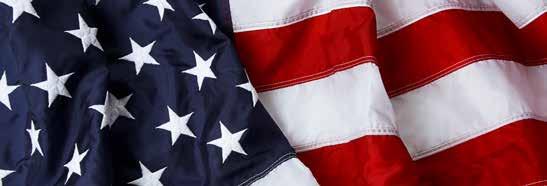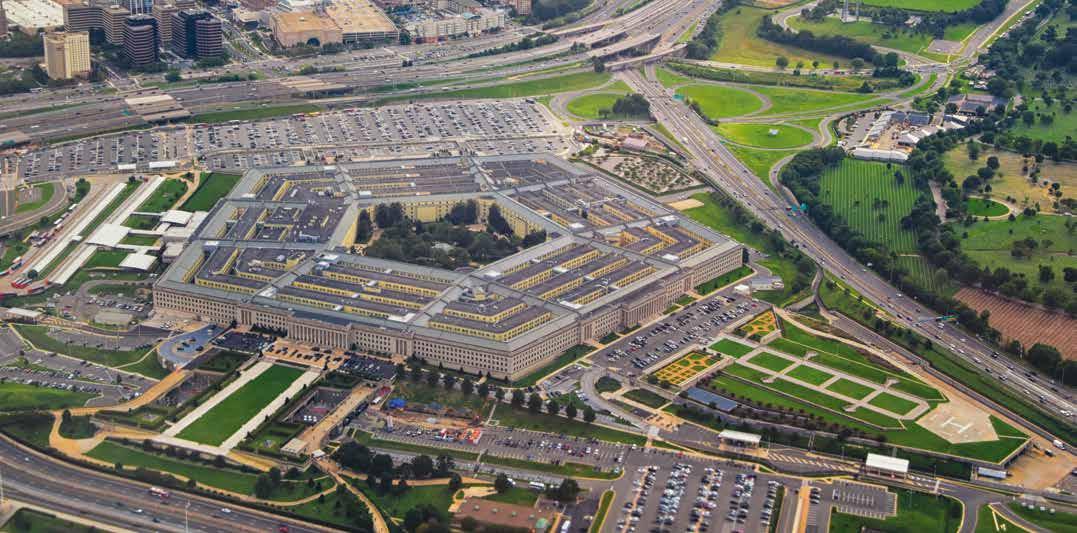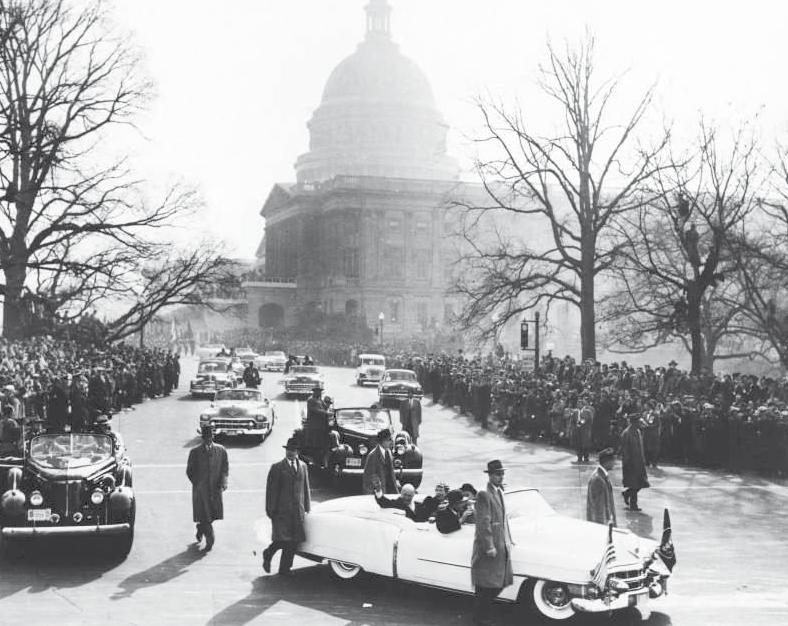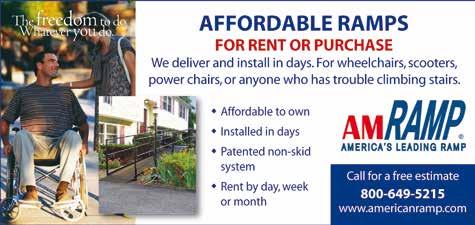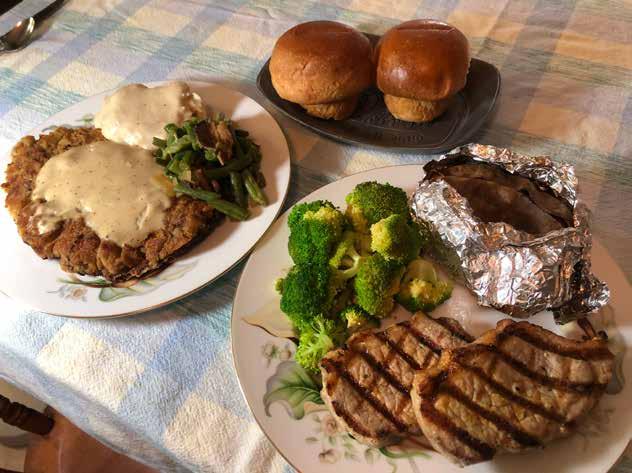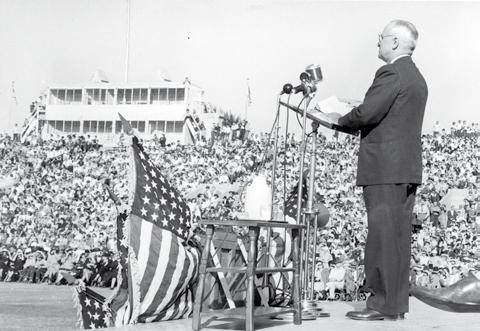
3 minute read
Looking Back
Presidential Visits
Tulsa Historical Society & Museum 2445 S. Peoria Ave., Tulsa
All photos courtesy of Tulsa Historical Society & Museum
Frontiersman Daniel Boone was born to immigrant Quaker parents in what is now Berks County, Pennsylvania. Boone was one of the first U.S. folk heroes for his trailblazing expeditions and backwoods skills. He became famous internationally when an author included Boone in a book about the settlement of Kentucky. He founded the colony of Boonsborough but ended up losing his land in lawsuits and moving to Missouri.
NOVEMBER 7, 1944: FDR Elected for Fourth Term
President Franklin Delano Roosevelt was elected to an unprecedented fourth term in office. FDR was first elected in 1932 and saw the country through the Great Depression and much of World War II. He died of a stroke in April of 1945, seven months before the war ended. Congress later proposed a law limiting presidents to two terms, and the 22nd Amendment was passed in 1951, making it official.
President Harry Truman visited Tulsa as part of his whistle stop tour aboard the presidential train in 1948. He spent two days visiting 20 cities in Oklahoma and even extended his visit for a parade. This image shows President Truman giving a speech at Skelly Stadium to a crowd of 20,000. President Richard Nixon visited Tulsa twice while in office. In 1971, he dedicated the Kerr-McClellan Waterway at the Tulsa Port of Catoosa. A year later he returned to speak to a crowd of 20,000 at the Tulsa airport. Pictured above is President Nixon at the airport with Dewey Bartlett in November 1972.
NOVEMBER 13, 1982: Vietnam
Veterans Memorial Dedicated
A black granite wall inscribed with the names of the 57,939 Americans who died in the
Vietnam War was dedicated in Washington,
D.C. The memorial was designed by Maya Lin, a
Yale student. The Wall was controversial for its unconventional design but was to become one of the most visited memorials in the nation’s capitol. Visitors can locate the names of the fallen and often leave mementos.
NOVEMBER 20, 1947:
Princess Elizabeth Married
Princess Elizabeth, heir presumptive to the
British throne, married Philip Mountbatten at
Westminster Abbey. There were 2,000 guests, and the ceremony was recorded and broadcast by BBC Radio to 200 million others worldwide. The official wedding cake was 9 feet high in four tiers made with ingredients from all around the world. The cake was cut using the groom’s
Mountbatten sword, a wedding present from the King.


Eleanor Roosevelt (center) during a visit to Tulsa in March 1937. She is surrounded by Tulsans including: Luther Williams (back right), Chairman of the Junior Chamber of Commerce; Ruth Sheldon (far right), Tribune staff writer; and Nelle B. Jennings (right), also


of the Tribune. A group of Oklahomans visiting the White House poses with President Herbert Hoover (center) c. 1930. Included in the group are Tulsa Mayor Daniel Patton (Hoover’s right) and
This Month in History
NOVEMBER 2, 1734: Daniel Boone Was Born
Representative and Mrs. Charles O'Connor.
NOVEMBER 22, 1718: Blackbeard the Pirate Killed
Captain Edward Teach, better known as Blackbeard the Pirate, was killed off the coast of North Carolina. The Virginia lieutenant governor launched a raid on the pirate, fearing that his state would fall victim to Blackbeard’s thievery. The pirate met his end on the deck of a British warship. A book published several years later gave rise to the Blackbeard legend of a bloodthirsty warrior.
NOVEMBER 26, 1922: Archeologists Enter King Tut’s Tomb
British archaeologist Howard Carter and his financial backer George Herbert (Lord Carnarvon) first entered the interior chambers of King Tutankhamen’s burial chamber after uncovering steps hidden in debris at a nearby tomb in the Valley of the Kings. King Tut died at 18, and his tomb contained several thousand objects in four rooms, including a coffin of solid gold. Carter searched for the tomb for five years.





